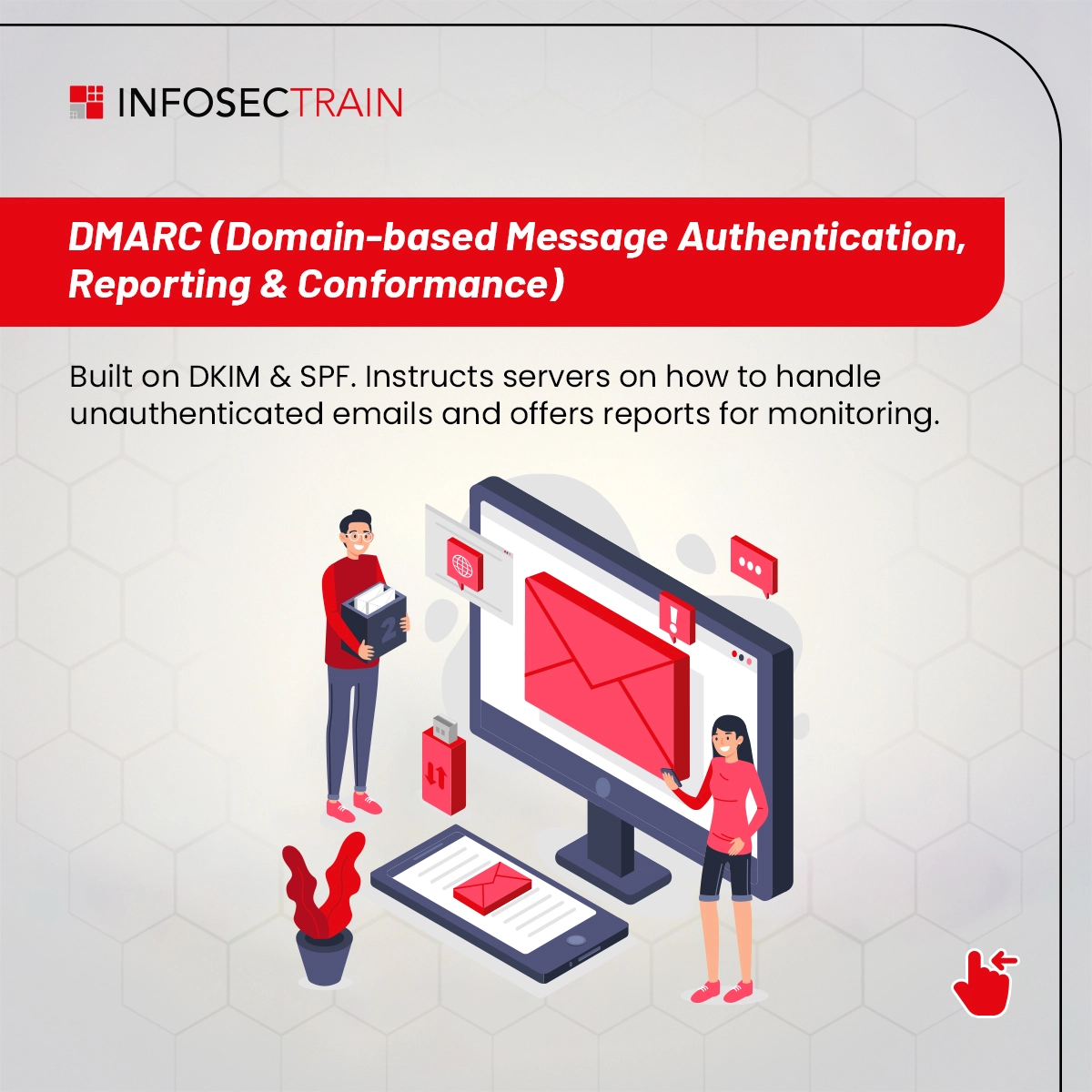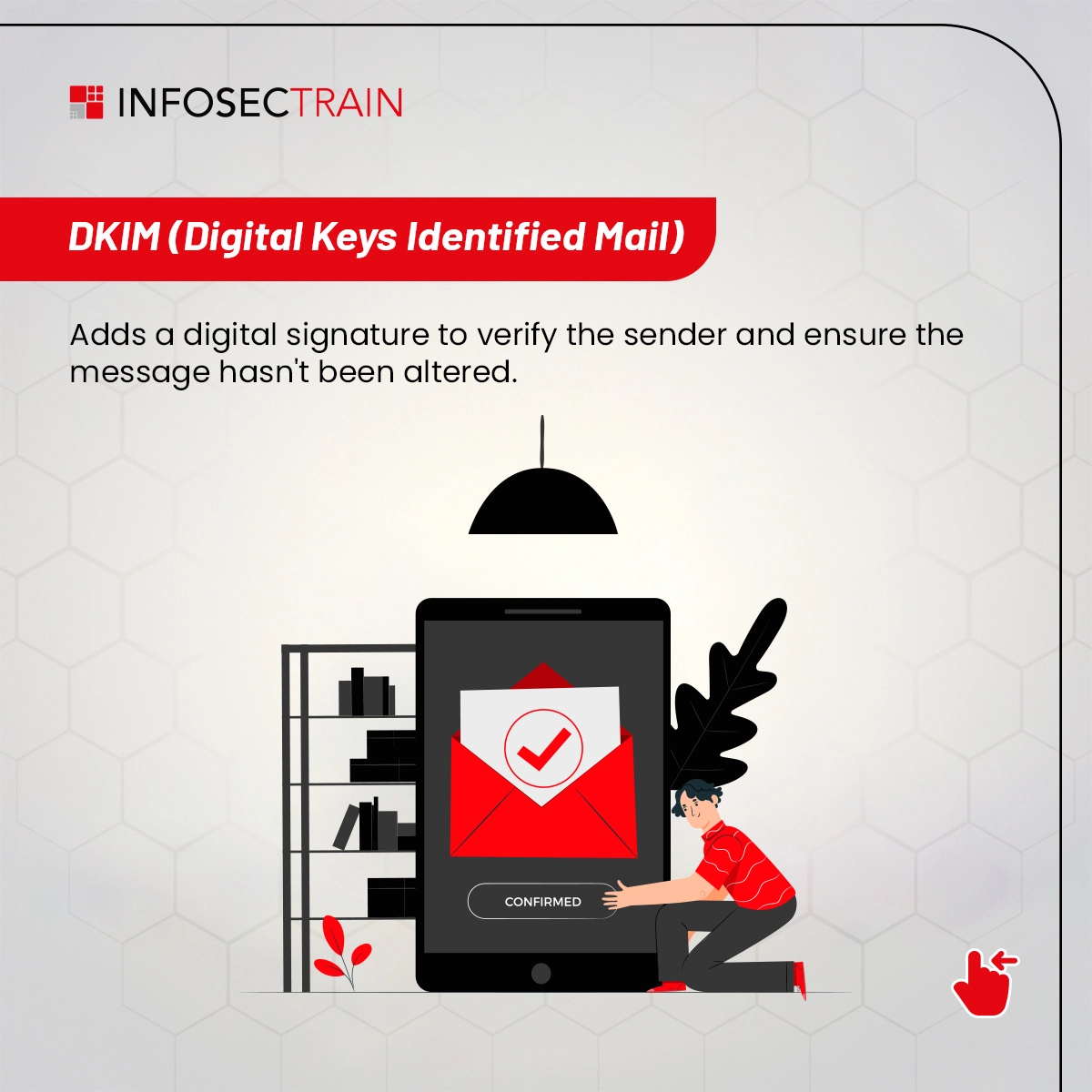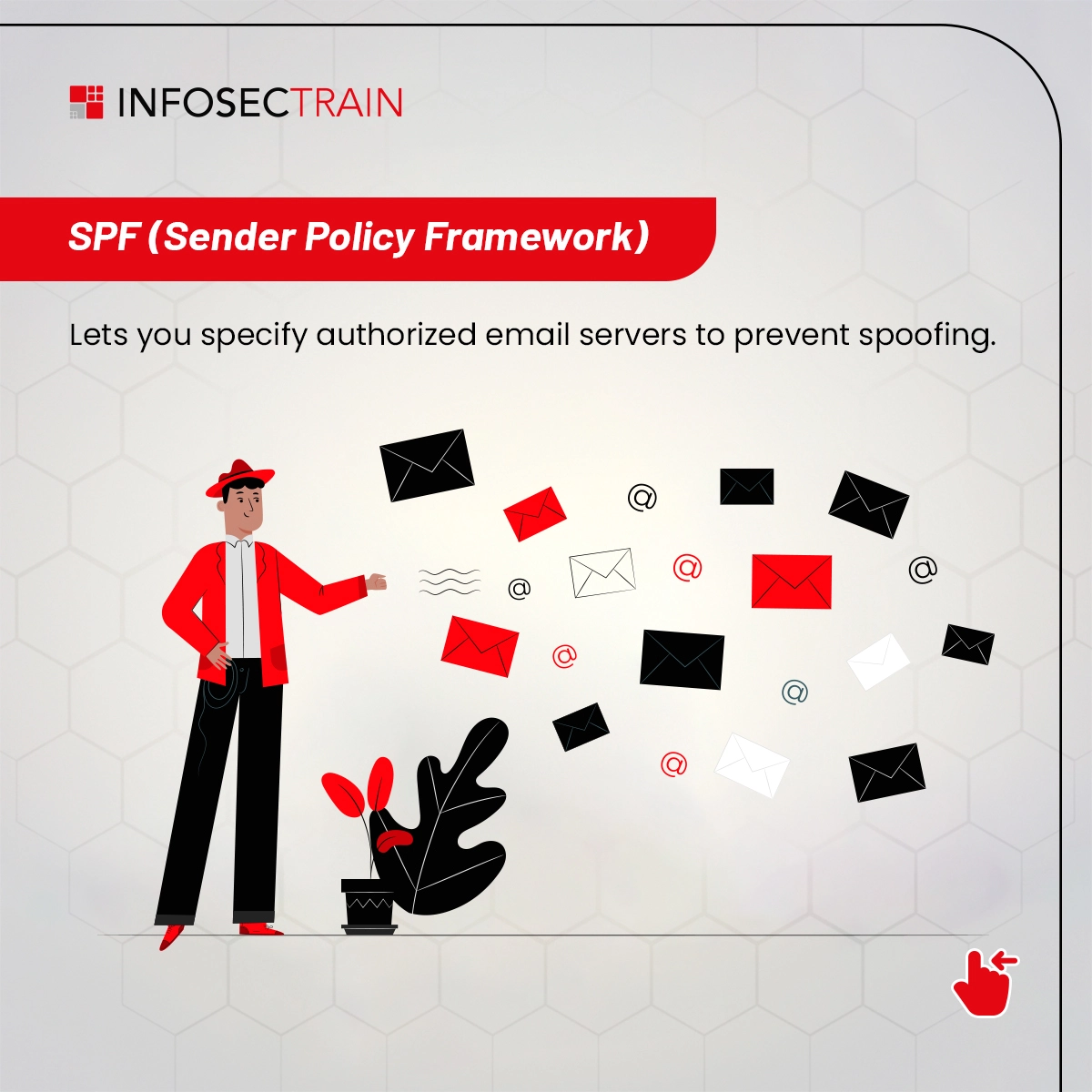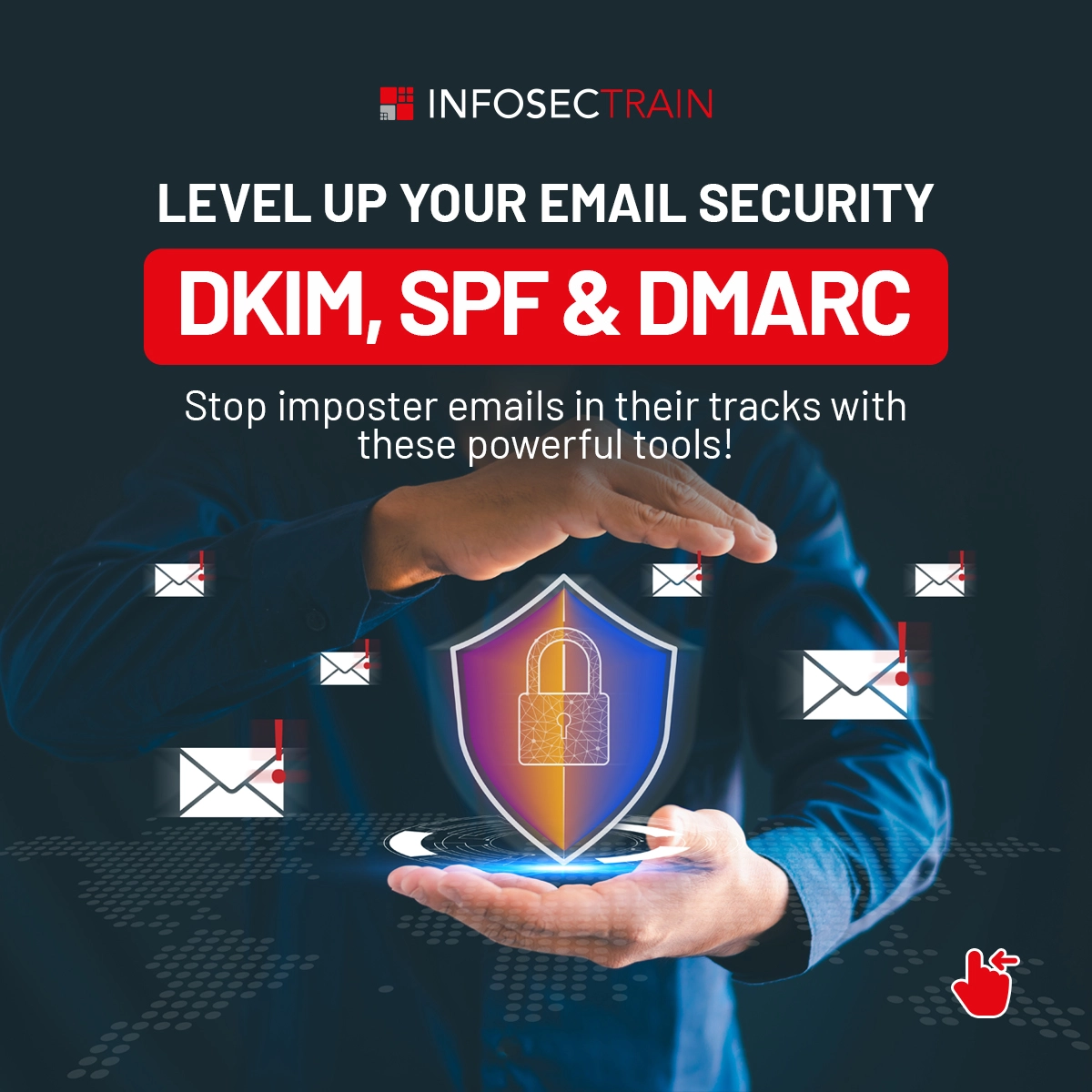DKIM, SPF, and DMARC: Enhancing Email Security in the Digital Age
Emails have become a predominant way of communication in the fast-paced digital landscape, making communication effective and easy. However, there is a surge in the malicious actors who perform various malicious activities like phishing or spoofing to compromise the security and authenticity of these messages. This calls for robust measures from individuals and organizations to protect themselves from these cyber threats. DKIM, SPF, and DMARC serve as vital tools in the arsenal against email abuse and fraud.

DMARC: Domain-based Message Authentication, Reporting & Conformance
DMARC, short for Domain-based Message Authentication, Reporting & Conformance, is a comprehensive email authentication protocol that builds upon DKIM and SPF. It allows domain owners to choose how their emails should be handled in the event they fail authentication checks.

With DMARC, domain owners can set policies to dictate the course of action for receiving email servers regarding how to handle emails that fail DKIM and SPF checks. These policies can range from simply monitoring failed authentication attempts to quarantining or outright rejecting suspicious emails. Additionally, DMARC enables domain owners to receive reports on email authentication activity, providing valuable insights into potential unauthorized use of their domains.
Benefits of DMARC:
By implementing DMARC, organizations can exert greater control over their email ecosystem, mitigate the risk of email-based attacks, and enhance their overall email security posture. Moreover, DMARC’s reporting capabilities empower domain owners to proactively monitor and address any anomalies or unauthorized activities involving their email domains.
DKIM: Digital Signature for Email Authentication
DKIM, short for DomainKeys Identified Mail, is a method used to associate a domain name with an email message. Every email that is sent out has a digital signature added to it, which enables the recipient’s email server to confirm that the message was sent by the intended recipient and that its content was not altered during transit.

How does DKIM work?
The DKIM process involves the sender generating a unique cryptographic signature for each outgoing email using a private key. This signature is then added to the email’s header. After receiving the email, the recipient’s email server fetches the sender’s public key from the DNS records and employs it to authenticate the signature. With a valid signature, the recipient can trust that the email originates from the alleged sender and has remained unchanged during transmission.
Benefits of DKIM:
DKIM helps prevent email spoofing and phishing attacks by providing a mechanism for verifying the integrity and authenticity of email messages. By implementing DKIM, organizations can improve their email security posture and enhance trust among their recipients.
SPF: Sender Policy Framework
SPF, or Sender Policy Framework, is another crucial component of email authentication. It works by allowing domain owners to specify which email servers are authorized to send emails on behalf of their domain. This is achieved by publishing SPF records in the domain’s DNS settings.

How does SPF work?
Upon receiving an email, the recipient’s email server verifies the legitimacy of the sender’s domain by checking its SPF record. If the sending server is authorized in the SPF record, the email is deemed authentic; otherwise, it might be marked as suspicious or declined altogether.
Benefits of SPF:
SPF aids in the prevention of email spoofing and domain forgery by enabling recipients to verify the authenticity of the sending server. By defining strict SPF policies, organizations can reduce the likelihood of their domains being exploited for fraudulent activities, thereby safeguarding their reputation and protecting their recipients from malicious emails.
Strengthening Email Security with DKIM, SPF & DMARC
Today, as email has become a primary mode of communication, keeping email interactions secure and legitimate is of utmost importance. DKIM, SPF, and DMARC provide robust methods to verify email messages’ authenticity and protect the domains’ credibility.

Individuals and organizations can lessen the chances of cybercrime, increase trust, and safeguard sensitive data by using these email authentication mechanisms. Using DMARC, DKIM, and SPF is crucial for keeping an email infrastructure secure and robust in the face of cyber adversaries’ ever-evolving methods.
CompTIA Security+ with InfosecTrain
Embracing DKIM, SPF, and DMARC is not solely a best practice; it is a strategic imperative in the ongoing battle against email-based threats in the digital age.
If you want to learn how to enhance your email security you can enroll in InfosecTrain’s CompTIA Security+ certification training course.
TRAINING CALENDAR of Upcoming Batches For Security+ SY0-701
| Start Date | End Date | Start - End Time | Batch Type | Training Mode | Batch Status | |
|---|---|---|---|---|---|---|
| 12-Apr-2025 | 25-May-2025 | 19:00 - 23:00 IST | Weekend | Online | [ Open ] | |
| 25-May-2025 | 05-Jul-2025 | 19:00 - 23:00 IST | Weekend | Online | [ Open ] |







 1800-843-7890 (India)
1800-843-7890 (India)